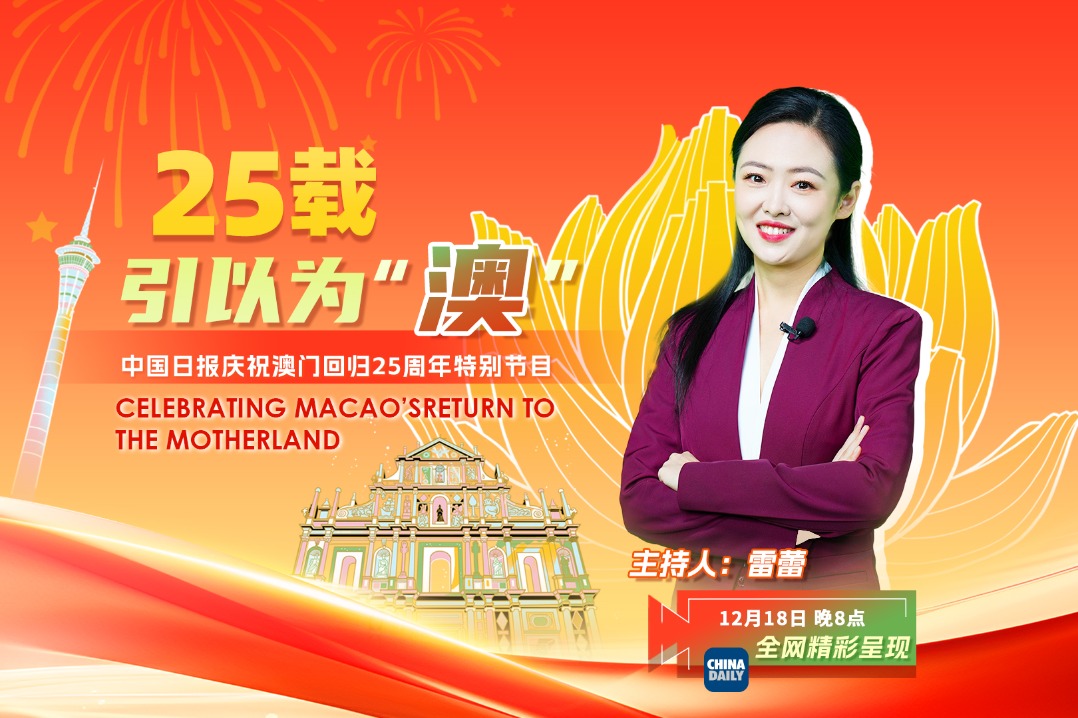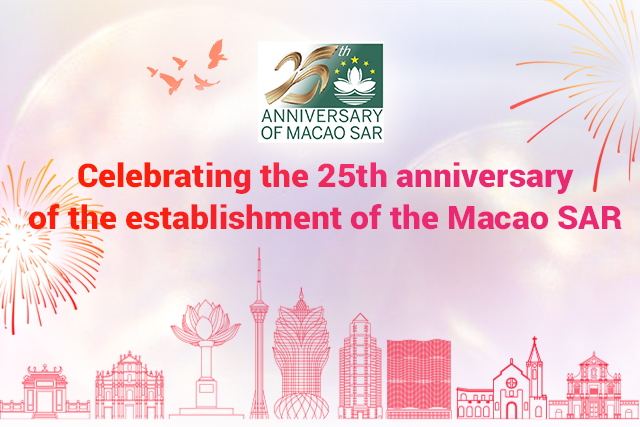Xining - Historic gateway to the Qinghai-Tibet Plateau
By Bruce Connolly | chinadaily.com.cn | Updated: 2018-04-04 08:02

Xining stretches along the middle reaches of the Huangshui River, a tributary of the Yellow River. That relatively narrow, though fertile valley provides a convenient communication corridor to Lanzhou and beyond. Access from eastern China follows a series of river valleys, including the Wei, climbing steadily up towards the plateau.
Xining was long seen as a frontier town. Formerly enclosed within walls it fulfilled major defensive roles during the Han, Sui, Tang and Song dynasties. With nomadic attacks penetrating from the west, regular battles were fought in its vicinity. The city’s name, Xining, meaning ‘peace in the west’, dates from 1104 during the Song Dynasty.
For over 2,000 years camel caravans headed up to Tibet via Qinghai Lake and Golmud, or traversed the Northern Silk Road via the Hexi Corridor towards Xinjiang. The city and its surrounds evolved into a commercial hub handling timber, wood, salt and more with related processing industries consequently evolving. For the few western travelers who ever made it to Xining in earlier days it must have been an amazing experience with so much resembling sepia images from geographical magazines - camels and porters carrying bulky goods around the narrow, dusty streets; people dressed in ethnic costumes from China and beyond; outdoor basic food stalls literally crammed along every alley; soldiers patrolling the streets or returning from battle and of course, the beggars and the poor, who were historically part of the scene in China’s remoter cities. Life then could be very hard and so different to the contemporary.
























